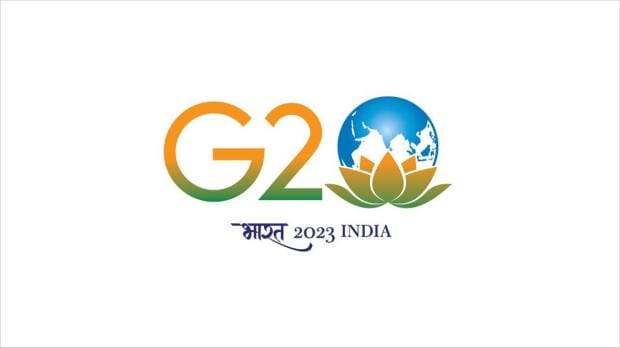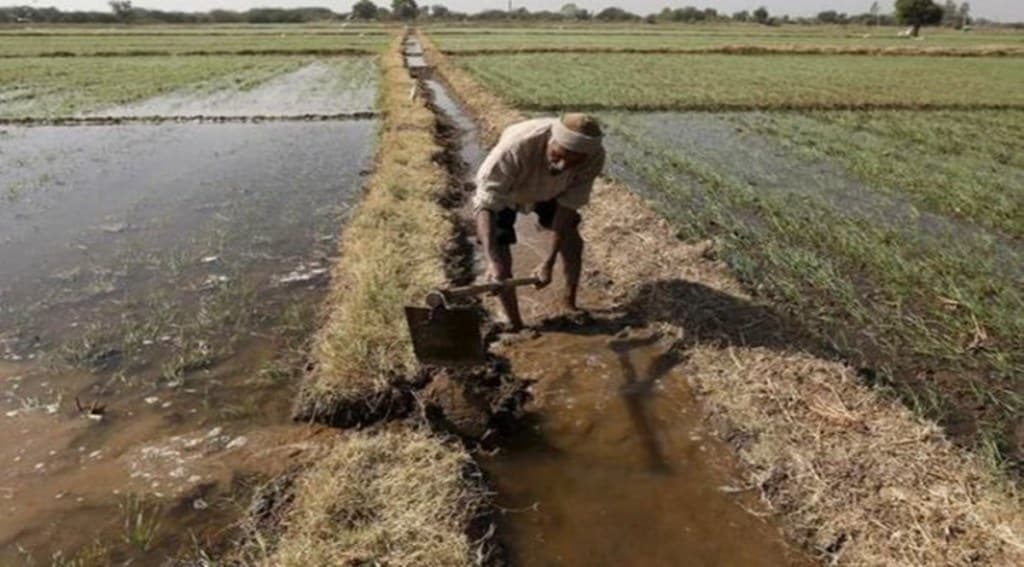The G20 could be the definitive moment for India. For the last few months, we all have seen the tireless efforts of the External Affairs Minister S Jaishankar jutting out Indian position across the wildly fractured and divisive world of geopolitics. It was in the defence of India’s long-held position of neutrality backed by the argument of strategic autonomy that world –the Western power—must see India in a different light.
In that spirit, G20 is the moment what we call—magna occasio—for India to raise the issues on behalf of the most vulnerable and disadvantaged. That will be the true reflection of India’s global outreach which is now largely embraced as you hear voices from across the continents that looked upon India during the pandemic.
During the course of its G20 Presidency—from 1 December 2022 to 30 November 2023—India aims to hold some 200 meetings involving 32 different sectors in multiple locations across the country.

G20 is truly enormous, and the mandate it carries, can potentially re-establish and recalibrate the failing multilateralism. The member states are home to 67 percent of the world population, and they account for nothing less than 85 percent of global GDP and over 75 percent of global trade.
And it is building upon the immense credibility that India has garnered during the Covid 19 induced pandemic. That surpassed the expectation when India stood up to the challenges of addressing and containing the deadliest virus of our time. That is foundational and, in a way, it reflects the very approach as how India looks at the world at the time of such acute crises. As early when the coronavirus began to surge, India put forth its plan to develop vaccines and distribute such vaccines to those counties with least resources far and wide from Asia to Africa.
One can see from the perspective that even the developed nations ignored the calls during the crises as they looked inward. This is significant in the backdrop as India was struggling too to cope up with the mass of humanity within.
That is the case for India to give shape to this historic moment. That is about going beyond the set agenda to trigger a meaningful debate and then action-plan on some of the pressing problems of our time.
So, that is not a rhetoric.
The final agenda: The Critical Climate
Broadly, according the Ministry of External Affairs (MEA), under the G20 Presidency, India plans to focus on the following areas: “women’s empowerment, digital public infrastructure, health, agriculture, education, culture, tourism, climate financing, circular economy, global food security, energy security, green hydrogen, disaster risk reduction and resilience, fight against economic crime and multilateral reform.
But as we further narrow down the agenda, it becomes clear that India’s presidency will focus on climate finance, energy security and green hydrogen in the energy sector.
And one of problem areas is the burning issue of climate change. It actually addresses all three areas—food, energy security and green transition.
This is how the data speaks as far as the debate rages on the issues among the emerging economies and advanced economies. The group of OECD countries make up to eighty-one percent of global warming due to their actions and pace of industrialization.
When we look at the measures and the action plan that require for the advanced economies to realize their goals, it falls much short of the promise. The U.S. needs to reduce their emissions by 195 percent below their 2005 level by 2030. The European Union requires to reduce their emissions by 150 percent below their 1990-level emissions by 2030.
Emerging economies will need about $2 trillion by 2030 to meet their climate commitments. It was well highlighted by India’s G20 Sherpa Amitabh Kant that the developed world has taken limited climate action, including on climate finance, which will be a key discussion point during India’s G20 presidency
India’s argument thrives on the fact that India is ranked 151 among 160 countries in the hunger index. Country faces some of the pressing problems that require the period of continuing growth. It is as fundamental that includes power, infrastructure and access to health care.
But that is where the India’s quest for leadership begins to shape as we are ready to lead on such issues—announcing and accepting the challenge of the climate change to forge a common agenda, commitment and action plan. And how important is that for the leadership to raise the issue pertinently, going beyond the set pattern?
The issue of climate change and action plan will deepen India’s position in G20 and beyond.
India does not need to look far. Climate change is playing havoc across India. Floods and landslides are increasing. Climate change could cut crop yields, especially in the world’s most food-insecure regions. At the same time, agriculture, forestry, and land use change are responsible for about 25% of greenhouse gas emissions. The agriculture sector is core to addressing the climate challenge.

And again, look no further as we witness the melting of Himalayan glaciers in Nepal that gives you a sign that it has already reached a critical ‘climate point’. For example, the crisis will unfold far-reaching consequences from flood risk to water scarcity for a billion people across the Indian subcontinent.
That quest for sustainable development is fundamental. Else, we have the Chinese model and the impact is much visible beyond China. That melting of Shisper Glacier in the Gilgit-Baltistan which burst into massive flood is the result of unstainable action and developmental model.
In this case, we must look at the Nordic way. Finland sets a great example in such crucial debate. Despite having a massive forest –70 percent of the total land—Finnish governments approached the climate policy in a different way and adopted some radical measures even the country depended on its huge reservoir of forest. The resolve was to achieve net zero (carbon-neutral) by 2035, taking the strongest measures and leading the way when needed the most and shaping dialogue and discussion.
And how the world is looking at India on this grand occasion when India takes the baton and leads on such issues. The Finnish Ambassador Ritva Koukku- Ronde shared her perspective that Prime Minister Modi presented an ambitious vision for India in Glasgow. India’s net zero target of 2070 is most welcome and mission LiFE provides inspiration for many.
“It is pivotal that India due to its size and global importance acts accordingly and meets the targets. Phasing out carbon and replacing fossil fuels by renewable sources presents a global challenge and we must work together,” Amb Ritva pointed out in her anticipation that India will lead and drive the debate that echo the spirit of G20 leadership.
How you set and push the agenda that is critical to all? As Ambassador Ritva says, Finland stresses the necessity that all stakeholders — states, businesses and industries, civil society and international organizations alike are engaged and contribute positively to climate action. Everybody’s efforts are needed to combat climate change. Both mitigation and adaptation are inclusive processes that still need a lot of attention and education.
That is the expectation.
“India should move out of the defensive positions and take the lead through innovation, technology and proactiveness—from coal to coalition,” says Danish Ambassador Freddy Svane, hoping on the high expectation from India.
Prime Minister Modi’s visit to Denmark reaffirmed the commitment that India is already is on the track.
The G20 must set the guiding principles for green transition by expanding on the various initiatives like International Solar Alliance and taking bold legislative steps. Despite the challenges that advanced economies are yet to deliver on the promise of supporting green transition through cost and cutting-edge technologies, it must put forth.
What is required to ignite the debate on the issue of the climate change? G20 can set the agenda and concrete mechanism for monitoring and analyzing complex climate change processes in atmosphere, ecosystem and agriculture, for instance, requires cutting edge digital and mobile technologies and huge computing power.
But there are too many jumbles of words around this—and it is increasing day by day. It is creating confusion. For example, how could we leverage environmental, social and governance (ESG) capital? How do we access financial global financial institutions for the green transition?
In fact, during the launch of the Adaptation Gap Report 2022 ahead of the COP27 UN climate conference, UN Secretary-General António Guterres, clearly outlines that the world is failing to protect people from what he called the “here-and-now impacts” of climate change. Adaptation needs in the developing world are set to skyrocket to as much as $340 billion a year by 2030. Yet adaptation support today stands at less than one-tenth of that amount.”
The goal must be to build a cohesive roadmap. But no doubt, India can take a lead that carbon emission and renewable energy target are met globally.
Institutional credibility
What will be the definitive is the opportunity for India to lend it an institutional credibility in an era where the global instructions are falling apart. The emerging multipolar world is throwing new challenges –more on the existing disparities and institutional dominance based on the undue historical advantages and industrial capabilities.
G20 is providing India to reshape the debate on such issues and more crucially, restart the process to arrest the institutional decay.

